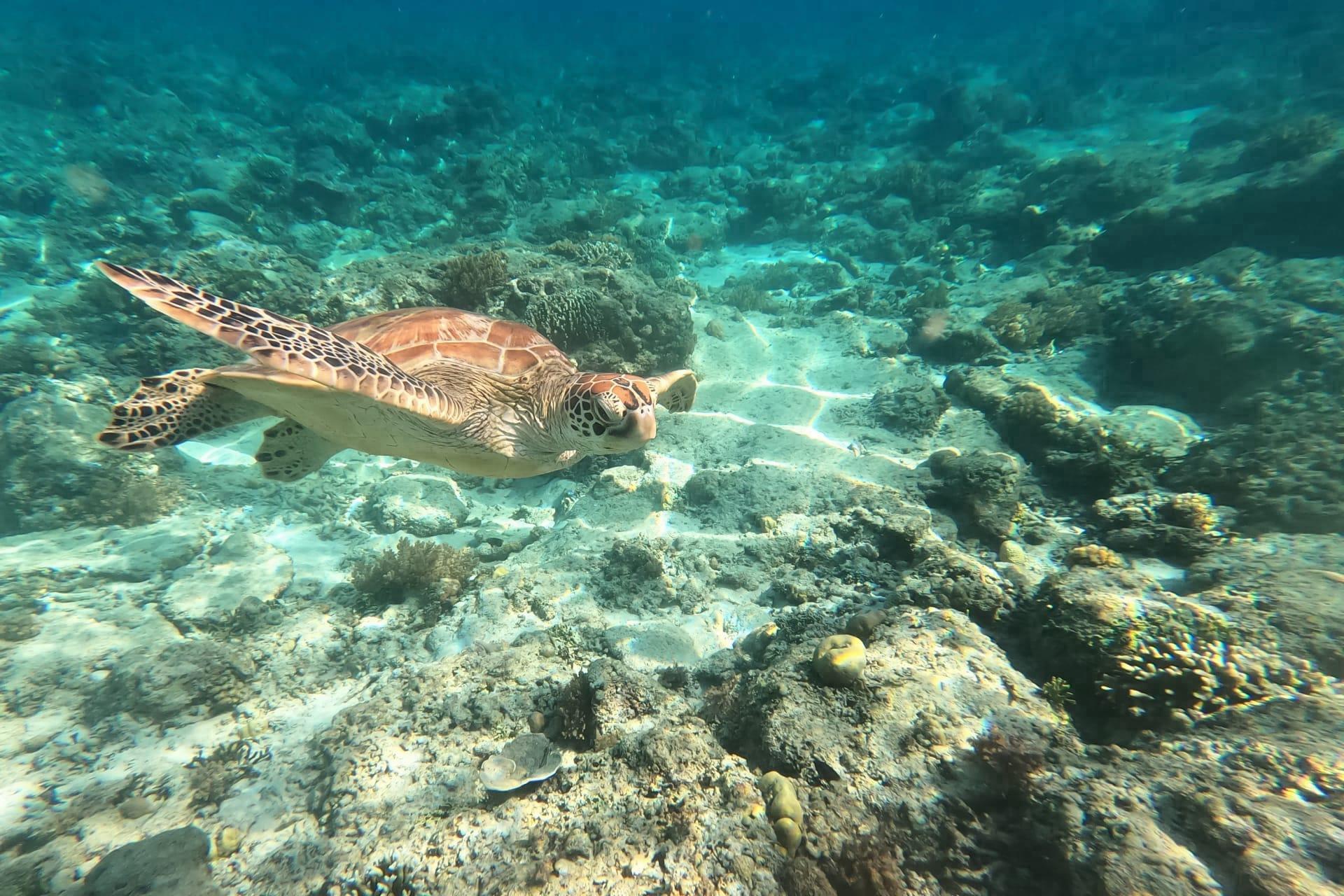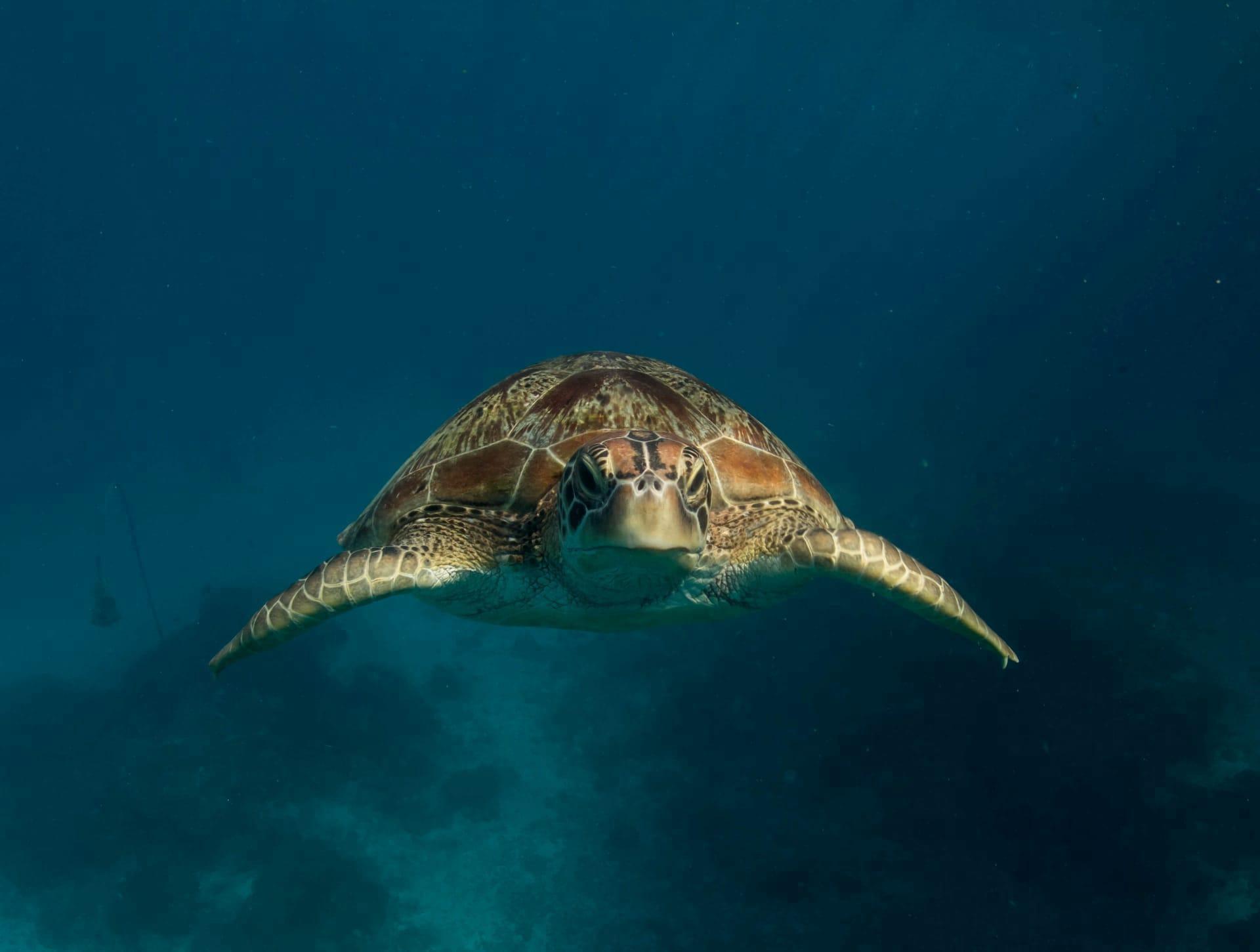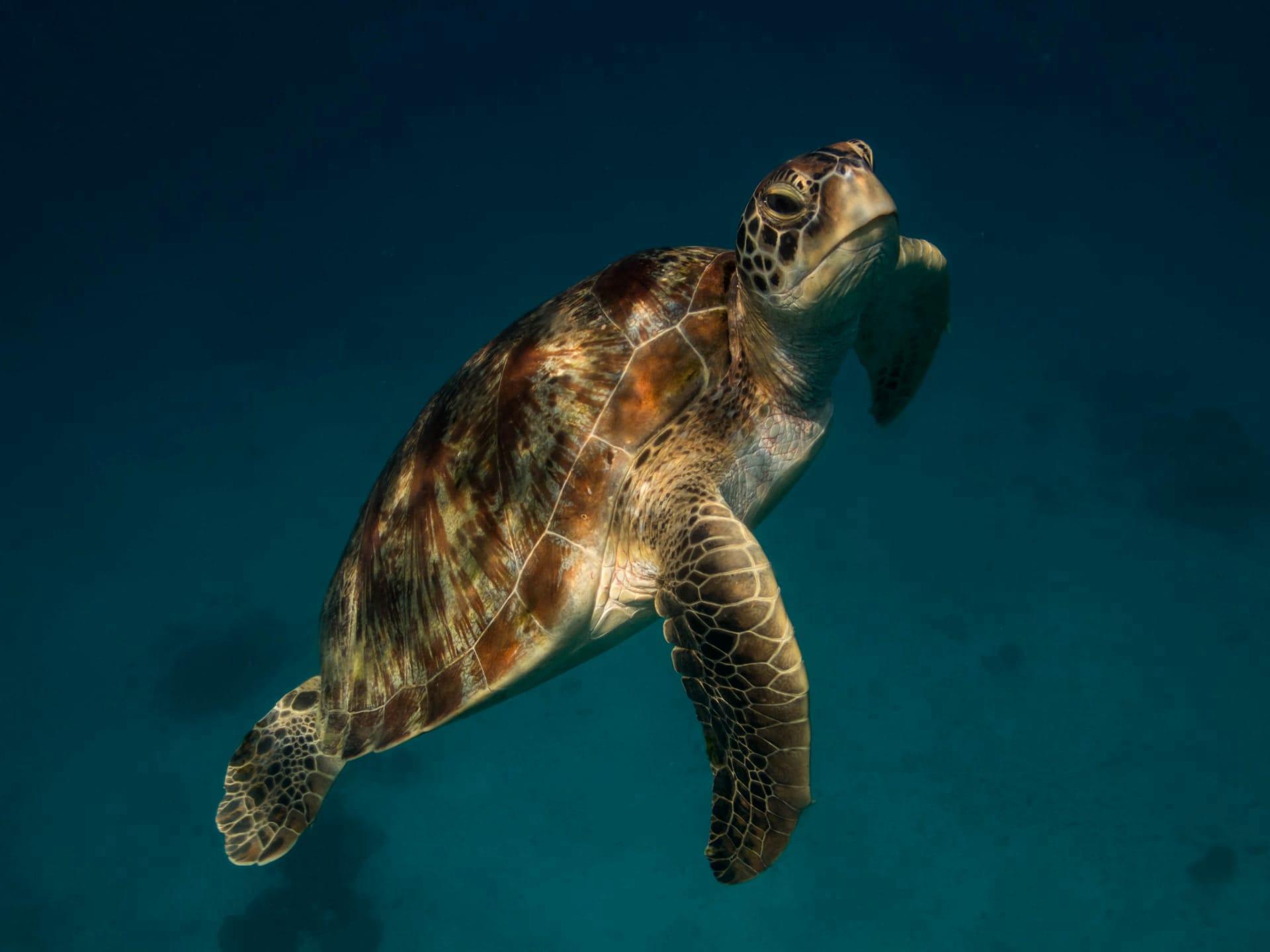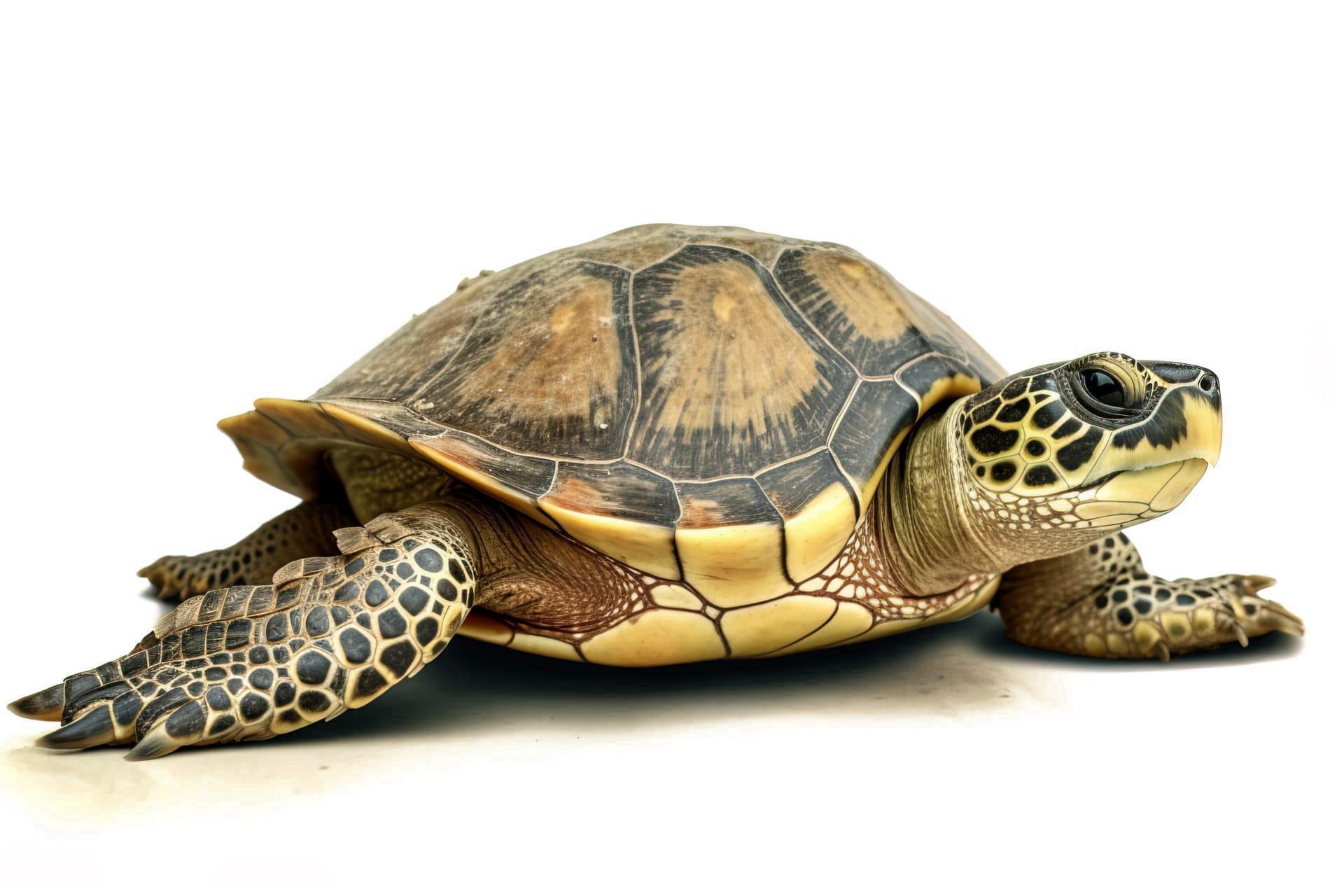Sea Turtle Characteristics
- Home /
- Mini Encyclopedia /
- Animal /
- Sea Turtle Characteristics
1
Sea turtles, magnificent creatures of the ocean, boast an array of fascinating physical traits. They vary widely in size depending on the species. For instance, the Kemp's Ridley turtle averages around 24 inches in shell length and weighs about 100 pounds, while the massive Leatherback can reach up to 6 feet and weigh as much as 2,000 pounds. Their lifespan is equally remarkable, with many species living 50 years or more, and some, like the Leatherback, potentially living up to 100 years.
One of the most unique organs of a sea turtle is its salt glands, located near the eyes. These specialized glands help sea turtles maintain a healthy balance of salt and water in their bodies, a crucial adaptation for their marine life. Unlike most other creatures, sea turtles can drink seawater thanks to these glands, which effectively filter out the salt and excrete it from their bodies. This ability is essential for their survival in the oceanic environment where fresh water is scarce.

2
Question: Why do sea turtles come ashore?
Answer: Sea turtles come ashore primarily for nesting. Female turtles return to the beach where they were born, a phenomenon known as natal homing. This journey can cover thousands of miles. Once there, they dig nests in the sand with their flippers, lay their eggs (usually 50 to 200 eggs, depending on the species), cover them for protection, and return to the sea. The eggs incubate for about 60 days before the hatchlings emerge and scuttle to the ocean. This remarkable reproductive strategy is vital for the continuation of their species, but it also makes them vulnerable to threats like habitat destruction and predation.

3
Sea turtles are known for their graceful and powerful swimming abilities. They have strong, paddle-like flippers that propel them through the water. While they are generally slow movers on land, in water, they can reach speeds of up to 22 mph, particularly when fleeing from predators or during long migratory journeys.
When it comes to feeding, sea turtles have varied diets based on their species. Green turtles are primarily herbivores, feeding on sea grasses and algae. Loggerheads and Hawksbills, on the other hand, are omnivores. The Loggerhead's strong jaws are perfect for crushing hard-shelled prey like crabs and lobsters, while the Hawksbill's narrow, pointed beak allows it to extract food from crevices in coral reefs, including sponges and other invertebrates.

4
Sea turtles inhabit a range of environments in the ocean. They are primarily found in shallow, coastal waters, coral reefs, and seagrass meadows, although some, like the Leatherback, venture into the open ocean. Their habitat choice is influenced by their species, age, and life stage. For example, juvenile turtles often stay in floating seaweed beds, which provide shelter and food, while adults may travel to different feeding grounds.
The reproduction of sea turtles is a fascinating and complex process. After mating at sea, females embark on their journey to nesting beaches. Nesting season varies by species and location but generally occurs at night to avoid predators and extreme heat. After laying eggs, the female returns to the sea, leaving the eggs to hatch independently. Hatchlings face numerous challenges, including natural predators and human-induced hazards like light pollution, which can disorient them away from the sea.

5
Book: "Voyage of the Turtle: In Pursuit of the Earth's Last Dinosaur" by Carl Safina. This book, published in the United States in 2006, offers an in-depth look into the lives of sea turtles, especially the Leatherback species. Safina's narrative combines science, history, and personal experience, providing insights into the turtles' migration, their struggle for survival, and conservation efforts.
Book: "The Book of Sea Turtles" by Michael O'Neal. This comprehensive guide, published in Australia in the early 2010s, delves into various aspects of sea turtle biology, behavior, and conservation. O'Neal, an experienced marine biologist, presents detailed information on different species, their habitats, threats they face, and measures taken worldwide to protect these ancient mariners.